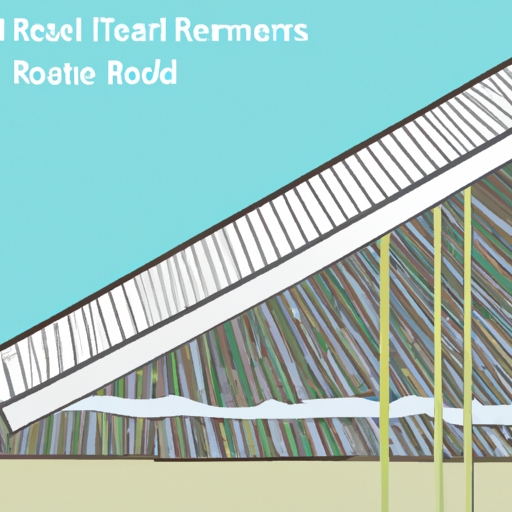Introduction
Positive roof drainage is a crucial aspect of building design that ensures effective water management on rooftops. In this comprehensive guide, we will delve into the concept of positive roof drainage, its importance, and how it contributes to maintaining the structural integrity of buildings.
What is Positive Roof Drainage?
Positive roof drainage refers to the intentional slope or pitch of a roof that allows rainwater to flow away from the building and towards designated drainage systems. The primary objective of positive roof drainage is to prevent water from pooling or accumulating on the roof, which can lead to various issues such as leaks, structural damage, and mold growth.
The Importance of Positive Roof Drainage
Proper roof drainage is essential for several reasons. Firstly, it helps protect the building’s foundation by preventing water from seeping into the structure. Excessive water accumulation can weaken the foundation over time, leading to costly repairs or even structural failure.
Secondly, positive roof drainage helps to maintain the overall integrity of the roof itself. When water is allowed to pool on a flat or improperly sloped roof, it can cause the roofing materials to deteriorate more quickly, leading to leaks and potential damage to the interior of the building.
Additionally, effective roof drainage plays a crucial role in preventing the formation of ice dams during colder months. Ice dams occur when melted snow refreezes at the roof’s edge, causing water to back up and potentially penetrate the roof. By ensuring proper drainage, the risk of ice dams can be significantly reduced.
Designing for Positive Roof Drainage
When designing a roof for positive drainage, several factors need to be considered. The roof’s slope or pitch is one of the most critical aspects. The slope should be sufficient to allow water to flow freely towards the designated drainage points, such as gutters and downspouts.
Roofing materials also play a role in promoting positive drainage. Certain materials, such as metal or asphalt shingles, are designed to facilitate water runoff. Proper installation techniques, including the use of flashing and sealants, are essential to ensure a watertight roof system.
In addition to slope and materials, the design should incorporate adequate drainage systems. Gutters and downspouts should be strategically placed to collect and channel water away from the building’s foundation. Regular maintenance, including cleaning gutters and ensuring downspouts are clear, is crucial to maintain effective drainage.
Conclusion
Positive roof drainage is a fundamental aspect of building design that should not be overlooked. By ensuring water is effectively managed and directed away from the structure, the risk of water-related damage can be significantly reduced. Proper slope, appropriate roofing materials, and well-designed drainage systems are key components of a successful positive roof drainage system. By implementing these measures, building owners can protect their investment and maintain a structurally sound and watertight roof for years to come.




